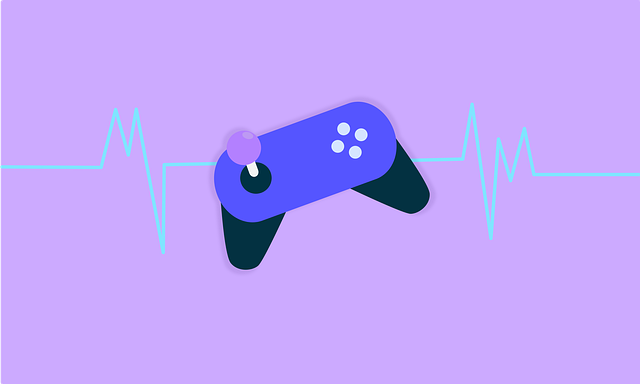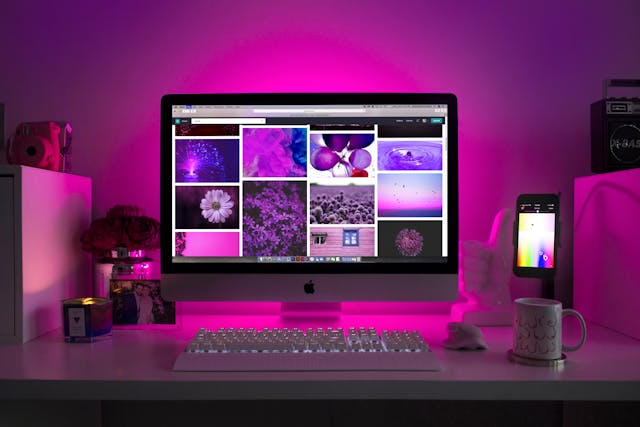Creating digital products is about more than delivering practical solutions to the users’ problems. It’s about building user experiences that foster meaningful relationships between people and their go-to products.
If this is something you want to achieve, you need to ask yourself, “What is user interaction design?”
In today’s guide, we’ll answer that question for you so you can evoke the right emotional response from your users.
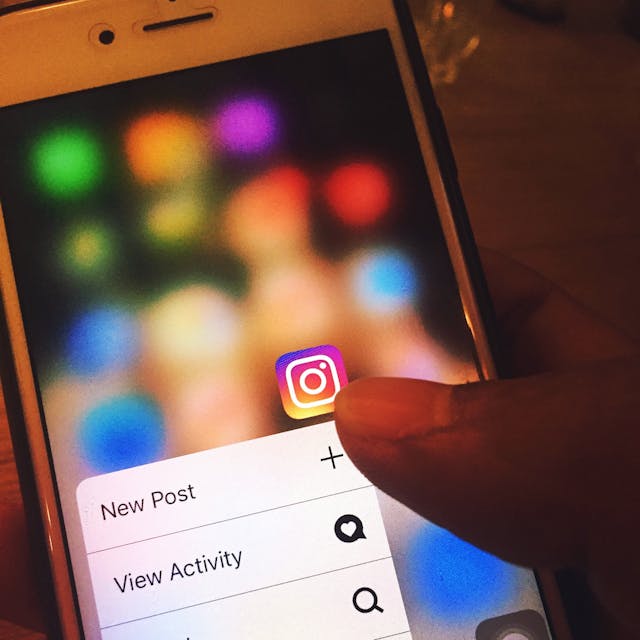
Understanding User Interaction Design
Interaction design, or IxD, focuses on human-computer interaction and building engaging user interfaces with well-defined functionalities and behaviors.
IxD revolves around understanding the goals that users want to achieve during their interactions with both digital and non-digital products. The goal of interaction design is, then, to grant users the tools they need to complete said goals.
When interaction designers do this, the result is an intuitive user interface that users can effortlessly interact with.
Ultimately, interaction design encompasses how people use products. It’s a balancing act between how users can use a product and how that product can provide feedback.
The Five Dimensions of Interaction Design
Gillian Crampton Smith, the Director of the Interaction Design Institute in Ivrea, is behind the creation of IxD’s five dimensions. Alongside senior interaction designer Kevin Silver, they simplified the complexities within human-computer interactions.
To help you fully get to grips with interaction design, we’ve explored these five dimensions below.
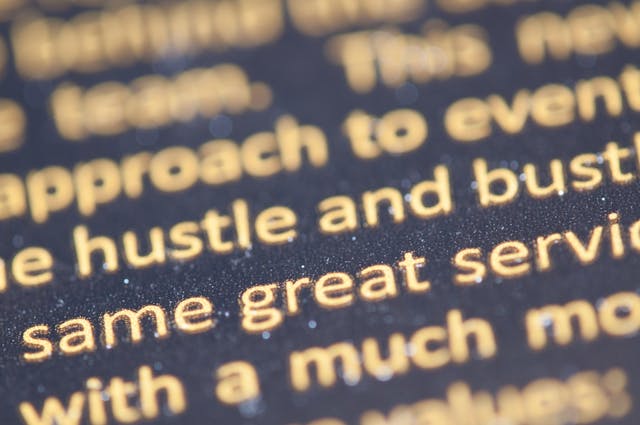
1. Words
Words have a significant role in all types of communication, and with interaction design, this is no exception.
Words encompass more than just surface-level textual content; they also revolve around semantics. Every word you choose to use will have a specific influence on the user’s experience. So, by using the right word at the right time, you can elicit the desired emotional responses from users.
But what makes a word the “right” one to use? For starters, your language should be accessible and familiar, meaning that all users can understand its meaning easily.
You also need to prioritize your word’s accuracy – does the word you’re using accurately mirror the action/purpose it represents?
Then, you need to consider the context in which you use your words. We all love the sound and appearance of sophisticated language, but if it compromises your text’s simplicity, it won’t resonate. Essentially, you need to read the room and decide which words fit into your interface’s context most appropriately.
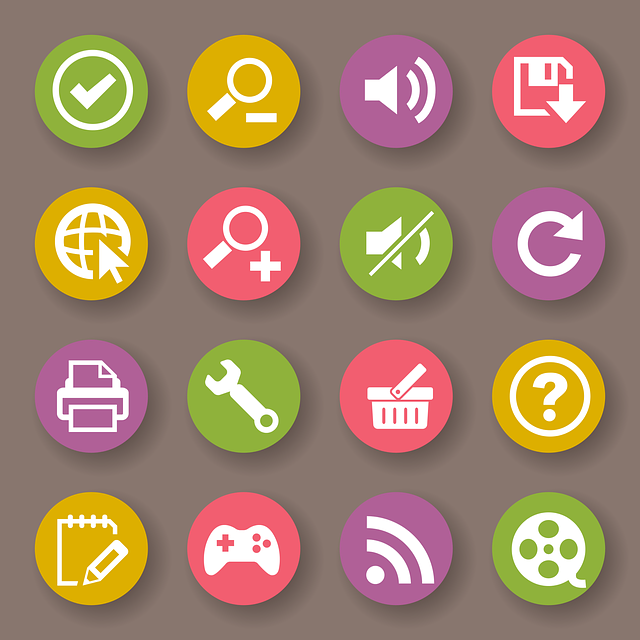
2. Visual Representations
Visual representations are simply graphical elements like images, icons, diagrams, and typographic elements. These visual elements can communicate ideas and concepts just as well as words can when you apply them correctly.
For instance, visual designers manipulate the size, scale, and contrast of visual elements to establish a strong visual hierarchy. Consequently, users can navigate a user interface intuitively, making the overall user experience much smoother.
What’s more, thanks to how commonplace visual elements are, users can immediately derive meaning without even looking at textual content. Think search icons – you see a magnifying glass within an input field, and you know what its function is.
This familiarity between users and visual elements allows interaction designers to streamline and simplify their UI designs.

3. Physical Objects
In the context of IxD, physical objects refer to the means users use to interact with a product. Computer keyboards, console controllers, phone screens, and joysticks are all examples of physical objects within interaction design.
Understanding the medium that users utilize to experience a product is critical to the user’s experience. With this understanding, you can design functionalities that your users can easily recognize and control with their hardware.

4. Time
The time dimension refers to how UI elements change and behave over time and how that impacts the user’s experience. Elements that change over time include animations, sound effects, and videos and they are crucial to user engagement.
For instance, you may use auditory cues or haptic feedback to signify the successful completion of a mobile game level. This adds to the user’s enjoyment as the system “celebrates” their accomplishment, making the overall experience more personal and rewarding.
Another great instance of time in IxD is the use of progress bar animations. It may be minor, but these animations inform the user of the progression of a particular interaction. Of course, this is preferable to keeping your users blind to what their systems are doing/not doing.
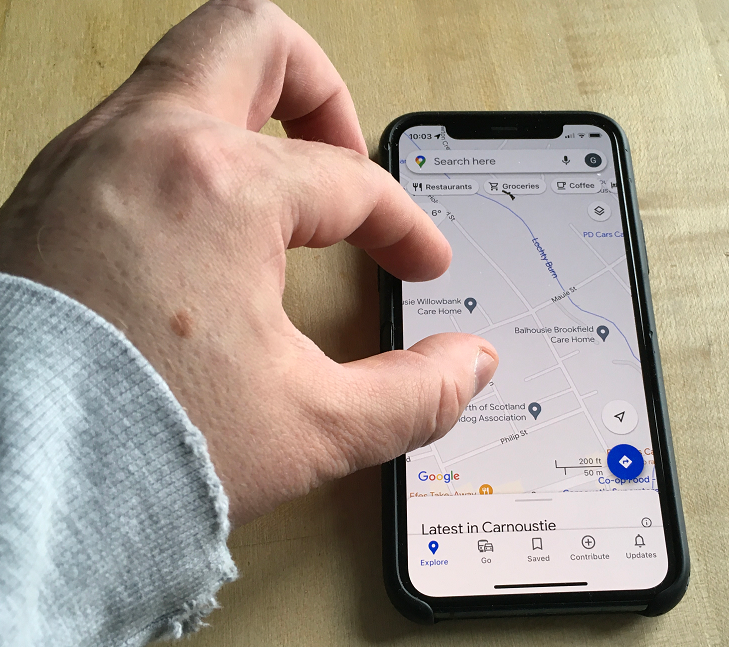
5. Behavior
The behavior dimension revolves around the user’s behavior and the product’s reaction to said behavior. It focuses on how users can perform actions and operate the product during their interactions with it.
Like within every interaction, there must also be a reaction or response. In IxD, the reaction comes from the product, usually in the form of visual, auditory, or haptic feedback. This feedback indicates to the user that the system recognizes and processes their actions.
For instance, when users pinch their screens to zoom into an image, the system should respond by enlarging that image.
Ultimately, this final dimension is what puts the interactivity into the interactive elements of every website and mobile app design.
Exploring Further: What Is Interactive User Design and Animation?
So, you know about the dimensions that govern human-computer interactions. Now, we’d like to delve deeper into the question, “What is interactive user design and animation?”
Below, we’ve explored both interactive user design and animation in more detail.
Interactive User Design
Interactive user design goes beyond the design of static elements. It focuses primarily on elements that can respond to the user’s actions with real-time feedback. Here are the key components of interactive user design:
- User inputs: These are the ways in which users can interact with a system, including pinching, clicking, scrolling, and tapping.
- Real-time feedback: The manner in which the system responds to the user’s inputs, appearing as visual, audial, or haptic feedback. Color changes, click sound effects, and vibrations all count as feedback.
- Intuitive navigation: Navigational components help users navigate a digital product. Common navigational components include breadcrumbs, search bars, hyperlinks, and drop-down menus.
- Clear information: Informational components share essential information with the user.
- Affordances: Affordances act as indicators/hints as to how users can interact with a digital element. For example, a button affords the idea that the user can push it.
- Error handling: A means of preventing or correcting user errors. Classic examples of error handling include warning messages, undo options, and the red outlines on input fields.
- Accessibility: A means of designing interactive elements that all users can leverage, regardless of cognitive or physical ability. For instance, you may implement keyboard navigation for users who can’t use a mouse.
- Personalization: The adjustment of a user interface according to the user’s preferences. If you allow users to change their interface’s theme, for instance, you are using personalization techniques to enhance user engagement.
- User testing: Once you have a fully functional, interactive user interface, you need to test it. Conducting usability tests will allow you to assess the functionality and visual appeal of your interfaces and make necessary improvements.
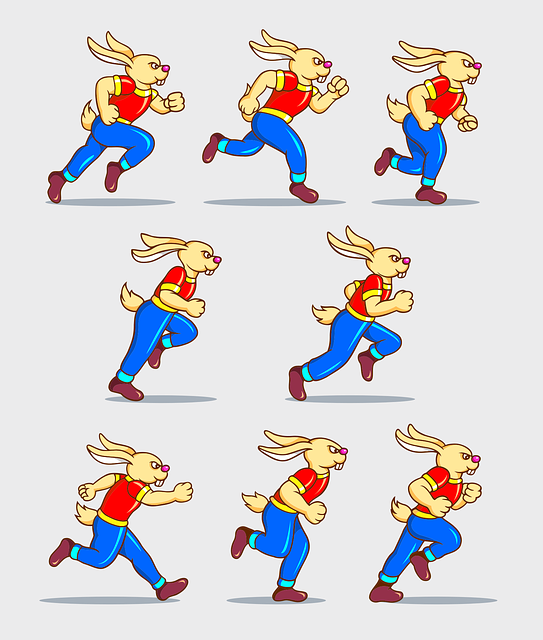
Animation
Animation is the process of imbuing any visual element with movement to elevate a product’s enjoyability and interactivity. Below, you’ll find the key characteristics of compelling animation.
- Timing: The speed and the duration of the animation.
- Easing: A means of making an animation less pronounced, ensuring that the animation has an organic momentum.
- Continuity: The natural flow of visual content between shots. You need continuity to create an animation that communicates a seamless narrative.
- Staging: A method of setting up your animation’s setting, angles, and background/foreground elements. Without staging, you can’t clarify the purpose of your designs.
- Squash & Stretch: The process of making your animation’s characters change shape as they move. You need squash and stretch techniques to imbue your animation with flexibility.
- Anticipation: Anticipation is the same in real life as it is in animation. It’s the preparation/build-up that precedes the main action sequence. Animators need anticipation to create realistic movements.
The Interaction Foundation: What Is User-Centered Design?
Now, you need to understand the foundation of interaction: what is user-centered design?
User-centered design is like unlimited graphic design in that it strongly focuses on the user’s needs. It focuses on meeting the user’s needs through every design decision and design stage within a project’s lifecycle.
To create functional, meaningful products that meet users’ needs and expectations, you need both user-centered and interaction design. Ultimately, you need user-centered design to understand what type of product you should design, as well as its requirements.
However, you also need interaction design to understand how that product should work so your interfaces can meet those requirements.
FAQs
What is user interaction design?
User interaction design refers to the process of creating meaningful interactions between a user and a product.
What is the difference between UX and interaction design?
UX design encompasses the entirety of the user experience, from establishing the users’ awareness of the product to post-interaction support. Interaction design is a subdiscipline of UX design that focuses specifically on the user’s interaction with the product.
What is an example of interaction design?
When users make gestures like the swipe gesture on Tinder or the pull-to-refresh gesture on YouTube, that’s IxD at play.
What Is User Interaction Design: Use Page Flows and Learn From the Best
You know about the fundamentals of user interaction design. Now, it’s time to focus on the fundamentals of user experience design. Specifically, you need to master the art of intuitive user navigation, and for that, you’ll need Page Flows.
Page Flows is the home of a wealth of inspirational, annotated user flow recordings and screenshots. Our curated collections span dozens of diverse user journeys from successful products and varied industries. From onboarding to redeeming, we document every flow you could ever need to take inspiration from.
We even collect mobile and desktop flows because we understand the importance of mobile-first design.
So, when someone asks you, “What is user interaction design?” you can say that you learned from the best. You can say you learned from Page Flows. Check out Page Flows now to find your new go-to source of exceptional user flow inspiration!



